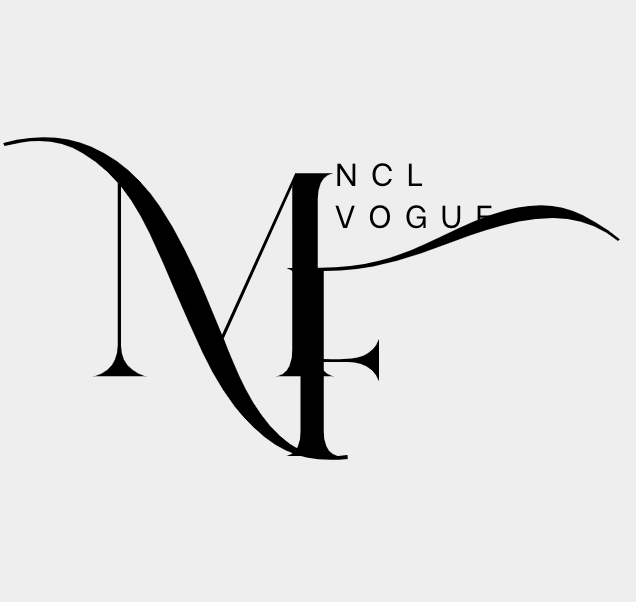
The Chinese internet celebrity named Jing Wang encourages her fans to come to her clinic for plastic surgery. But surprisingly, all of them have been made to look like her. Chinese citizens call this group of people “Wang Jing Empire”. And these fans who have undergone plastic surgery belong to the younger generation.
The continued growth in the number of plastic surgeries around the world has become a notable trend in recent years. The BBC pointed out that plastic surgery is booming in China. Young people have become the main consumers of plastic medical surgeries, and many choose to undergo medical beauty projects such as double eyelid surgery and rhinoplasty. This phenomenon reflects the high attention paid by young people today to their appearance, and also reveals the changing definition of beauty on social media.
Honestly, I think the rise in interest in plastic surgery is more about how social media has evolved. When technology was not yet mature, people did not essentially have a detailed definition of beauty. But as society develops, there always seem to be people who deliberately create popular aesthetic trends. Social media platforms such as Xiaohongshu and Douyin are huge culprits here. Internet celebrities often share their ‘before’ and ‘after’ plastic surgery and emphasize how much prettier they look after undergoing medical procedures. However, this is usually done in clearly promoting a brand or clinic. What is the worst part? This behavior can lead to a rush of imitations from their fans, which in turn can lead to a boom in plastic surgery. It makes me feel uneasy about how easily people, especially young ones, are influenced.
I also blame celebrities on plastic trend. Public figures are often seen as role models. Teenagers often tend to emulate their idols, including their appearance. Changes in celebrities’ appearance are often exaggerated on social media, further reinforcing the idea that good looks can attract more attention. I worry about this celebrity influence, coupled with the constant hype on social media, will make it easier for young people to internalise the belief that changing their appearance will improve their chances of success in all areas of life, such as relationships and careers.
For teenagers, this is a period of particular sensitivity to self-image. Young people are at a stage of self-discovery and self-identification and are often susceptible to outside influences. As they seek acceptance, they may turn to plastic surgery as a quick fix for their insecurities, believing that changing their appearance will make them more confident. Perfect, edited photos circulating online can make many teens feel inferior, reinforcing their belief that their appearance must conform to a specific standard. This pressure to measure up can be overwhelming and leaves little room for them to embrace their unique features.
But how exactly does beauty have specific standards?
Aesthetics is essentially a subjective viewpoint. Everyone has their own unique aesthetic. A beauty in the eye of baby boomers might not the ‘Helen’ of the Generation Z. Five years ago or even earlier, people favoured angular facial features such as sharp chins and high noses. But now, softer appearance features have become trendy, with round faces, big eyes and low nose bridges being more sought after.
This plastic surgery trend can be likened to the ‘fast fashion’ phenomenon. Fashion trends are a constantly changing notion, and the rise of plastic surgery has promoted a rapid renewal of beauty trends. It’s unsettling how people are treating their faces and bodies like interchangeable outfits—just like buying new clothes to stay trendy, they’re turning to surgery to keep up with the latest aesthetic fads. This cycle of consumption and change drive people to change their looks as change masks.
I think this is likely to result in the homogenization of social aesthetics. Those who lack the wherewithal to adapt to so-called ‘standard aesthetics’ may be seen as deviants, exacerbating the social divide. People are compelled to adhere to ever-changing aesthetic standards and transform themselves to meet the societal aesthetics. A single mold of beauty feels stifling,forcing people to trade their uniqueness for conformity.
The “plastic surgery boom” is fueled by the unchecked growth of the medical beauty industry, and frankly, it’s hard to ignore the manipulative tactics at play. Many businesses intentionally use internet celebrities and celebrities to create aesthetic trends. And spread a series of statements such as ‘beauty brings good luck’ to promote consumption. This has further deepened ‘look anxiety’. Similarly, the distorted notion that ‘beauty is justice’ is prevalent in society, giving young people the wrong orientation of ‘beautifying one’s appearance is the best way to win both love and career’.
Undeniably,the rise of plastic surgery among Chinese youth is a double-edged sword. While plastic surgery provides a means of self-expression and confidence-building, it also raises important questions about social pressure, mental health and morality. Is the desire of beauty really about personal choice, or are we all just following an illusion created by a profit-driven industry?
